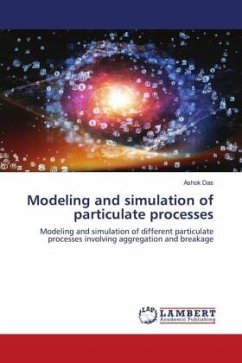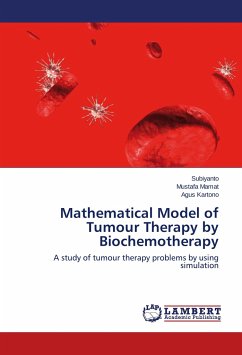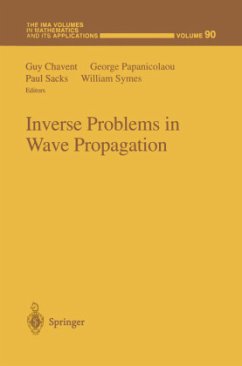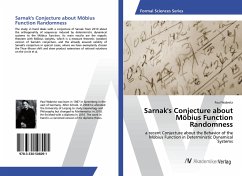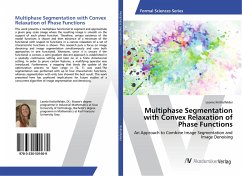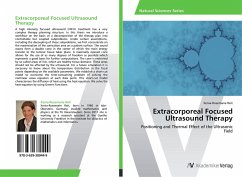
Extracorporeal Focused Ultrasound Therapy
Positioning and Thermal Effect of the Ultrasonic Field
Versandkostenfrei!
Versandfertig in 6-10 Tagen
20,99 €
inkl. MwSt.

PAYBACK Punkte
10 °P sammeln!
A high intensity focused ultrasound (HIFU) treatment has a very complex therapy planning structure. In this thesis we introduce a workflow on the basis of a decomposition of the therapy plan into controllable but coupled subproblems. Under certain assumptions, including the decoupling of these subproblems, we first concentrate on the maximisation of the sonication area on a patient surface. The sound waves form a double cone in the center of which the main energy transfer to the tumour tissue takes place. A maximally opened cone allows for the use of as many degrees of freedom as possible whic...
A high intensity focused ultrasound (HIFU) treatment has a very complex therapy planning structure. In this thesis we introduce a workflow on the basis of a decomposition of the therapy plan into controllable but coupled subproblems. Under certain assumptions, including the decoupling of these subproblems, we first concentrate on the maximisation of the sonication area on a patient surface. The sound waves form a double cone in the center of which the main energy transfer to the tumour tissue takes place. A maximally opened cone allows for the use of as many degrees of freedom as possible which represents a good basis for further computations. The cone is restricted by so called areas of risk, which are healthy tissue domains. These areas should not be affected by the ultrasound. For a future simulation it is necessary to know about the temperature distribution in the focal points depending on the available parameters. We establish a short-cut model to overcome the time-consumingproblem of solving the nonlinear wave equation at each data point. This short-cut model characterises the diffusion of heat using the heat equation. We solve the heat equation by using Green's functions.



